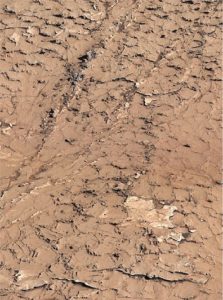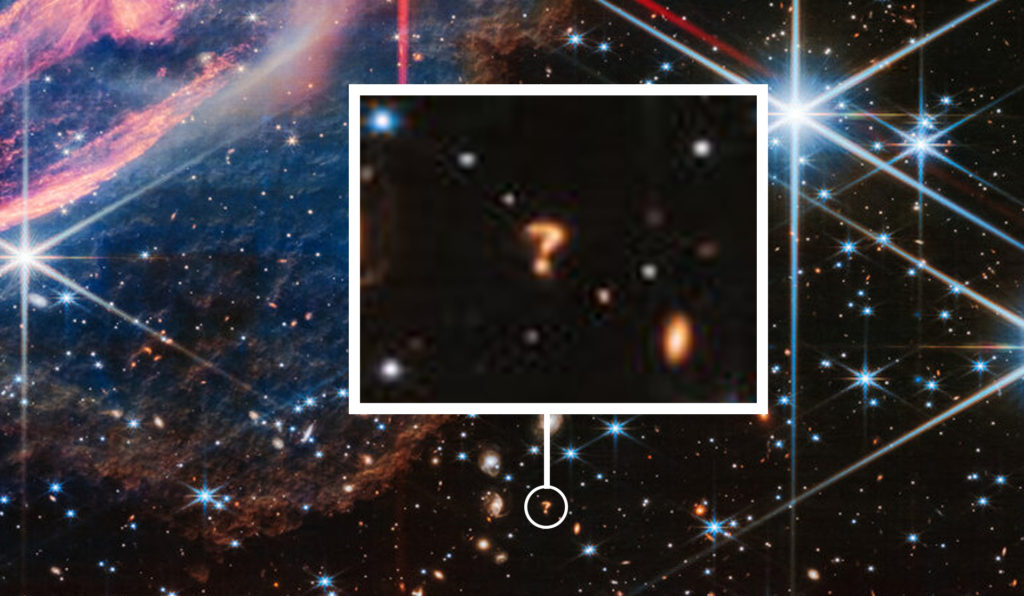August had some small interesting news for us in several areas that The Ph-word has an interest in. If you are looking for a quick catch-up with current events you are in the right place, as this time I have to write about them in nothing longer than bullet points.
I heard you like space exploration
Chandrayaan-3, India’s first Moon mission, landed successfully at the lunar south pole and deployed its rover Pragyan which is now happily scanning the ground.
Meanwhile, the first non-soviet russian Moon mission, Luna 25, failed and crashed on lunar soil. (Intriguingly, two of the mission’s leading scientists passed away within a few days after the incident.)
And in Mars news, NASA’s Curiosity rover found evidence of seasonal changes in Mars’s past. The evidence comes in the form of hexagons in dried mud, the result of repeated cycles of the ground getting soaked in water and then drying up.

I heard you like particle physics
The “Muon g-2” experiment at the Fermilab lab analyzed a new crop of data and announced a reinforcement of its previous result. The experiment was built explicitly to check one of the very few findings about particles that doesn’t match the theoretical expectations: the so-called anomalous magnetic moment of the muon. And it previously found that indeed, it doesn’t match them.
However, to quote the ph-post on the previous announcement, “The 25-word summary: this is the biggest news in elementary particle physics in the last decade, but still nobody is sure yet that it’ll turn out to be true”.
I heard you like deep space visuals
A video was created showing an exoplanet orbiting its star.
The planet is Beta Pictoris b, at about twelve times the mass of Jupiter, and it orbits the star Beta Pictoris, found 63 light years away from here.
The video was made by people at Northwestern University, who used 17 years of data from the Gemini Observatory and the European Southern Observatory and a little AI to help with smoothing the image, and you can enjoy it here.
Lastly, in a move that captures some of the zeitgeist, the James Webb Space Telescope photographed a giant question mark in space. (Because galaxies haven’t evolved enough yet to look like double facepalms.)

—
Do you want to receive one monthly reminder with links to the Ph-word posts? Join the mailing list.

So if the universe is infinite and galaxies can take many forms (including a questionmark) either on their own or by stacking each other from a single observers point of view, does this mean that if we look far enough, we could find Homer’s Odyssey written with galaxies worth of fonts?
My friend Pandy, in this galaxy spam _almost_ managed to hide your cosmic-proportions comment from people’s eyes!